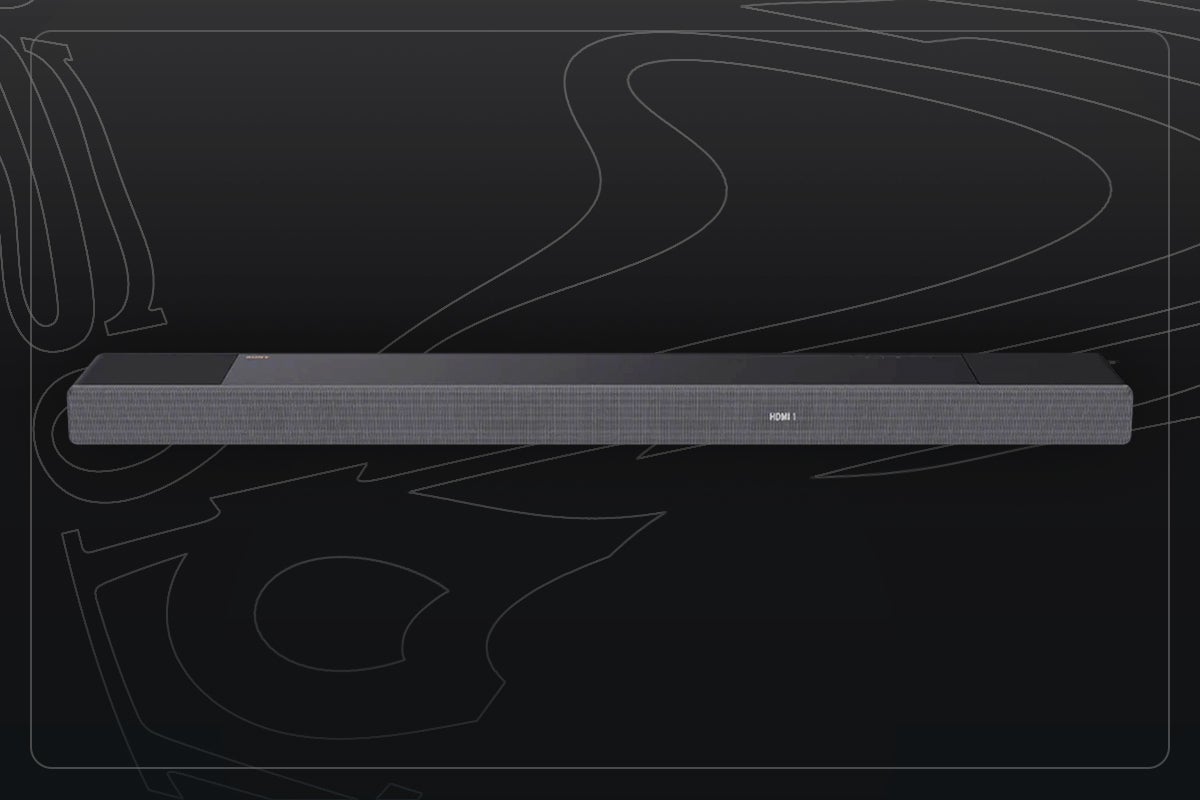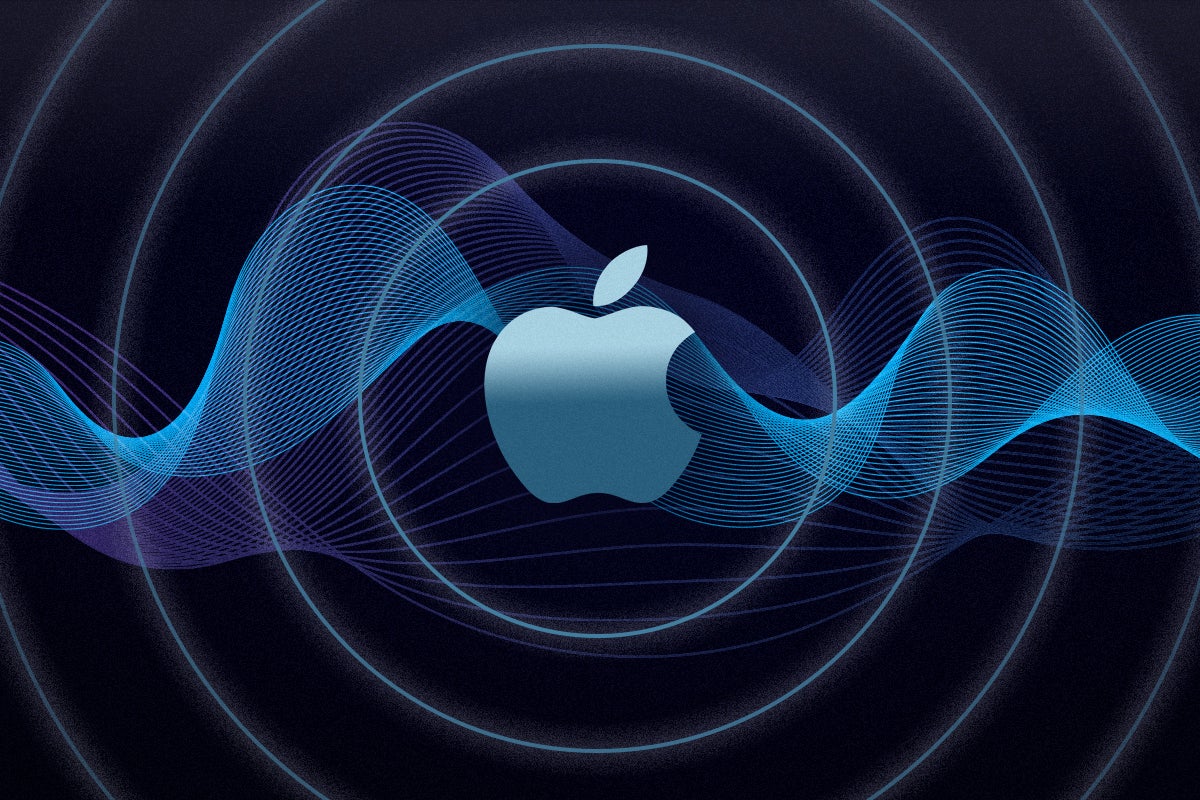What is 3D Audio? The immersive audio feature explained

3D Audio is the latest buzzword in headphones, speakers, soundbars, music streaming services and even game consoles. But what is it and what does it entail for you, the listener?
If you’ve found yourself browsing for new headphones or soundbars in the last few years, chances are you’ve come across the term “3D Audio” in one form or another.
There are many pieces of of technology that effectively do a very similar thing, such as binaural audio, Spatial Audio, 360 Reality Audio and Dolby Atmos. According to a market report published in 2020, the global 3D Audio market is on track to be a $13.7 billion industry by 2027.
Keep reading to learn everything you need to know about 3D Audio, including what it is and where you can listen to it…
What is 3D Audio?
3D Audio is an umbrella term for a number of immersive audio technologies that aim to surround the listener with sound.
The goal is to reproduce audio in a way that replicates the way we hear sound in the real world, especially when compared to the mono and stereo experiences most have become accustomed to.
The result goes beyond what a ‘physical’ 5.1 or 7.1 surround sound setup can achieve, as 3D Audio can make sounds come through virtually every direction, including above.
Dolby Atmos, DTS:X and MPEG-H are some of the main 3D audio standards, using object-based technologies to mix and render the sound to give the impression of it surrounding you in a ‘hemisphere’ of sound.
There are plenty of applications in which 3D Audio provides benefits, including in music, movies, gaming and VR/AR experiences. Oftentimes, the device and headphones/speaker need to support 3D Audio to reap the immersive benefits of the feature, but many soundbars and headphones can virtually upmix a stereo or mono signal and turn them into a 3D soundscape.
Where can you find 3D Audio?
3D Audio comes in various forms, but once you hear 3D Audio you’ll know it. So while these technologies offer varying results and use (slightly) different methods to get there, the end goal is the same: to create a more immersive and three-dimensional listening experience.
Some examples of 3D Audio features include Apple’s Spatial Audio with Dolby Atmos, Sony’s 360 Reality Audio and PS5 3D Audio, Dolby Atmos Music, Yamaha’s 3D Sound Field, Sennheiser’s AMBEO and Creative’s Super X-Fi holography technology.
Current-gen games consoles such as the PS5 and the Xbox Series X/S support some form of 3D Audio, with Sony’s Pulse 3D headset a way to experience immersive sound.





